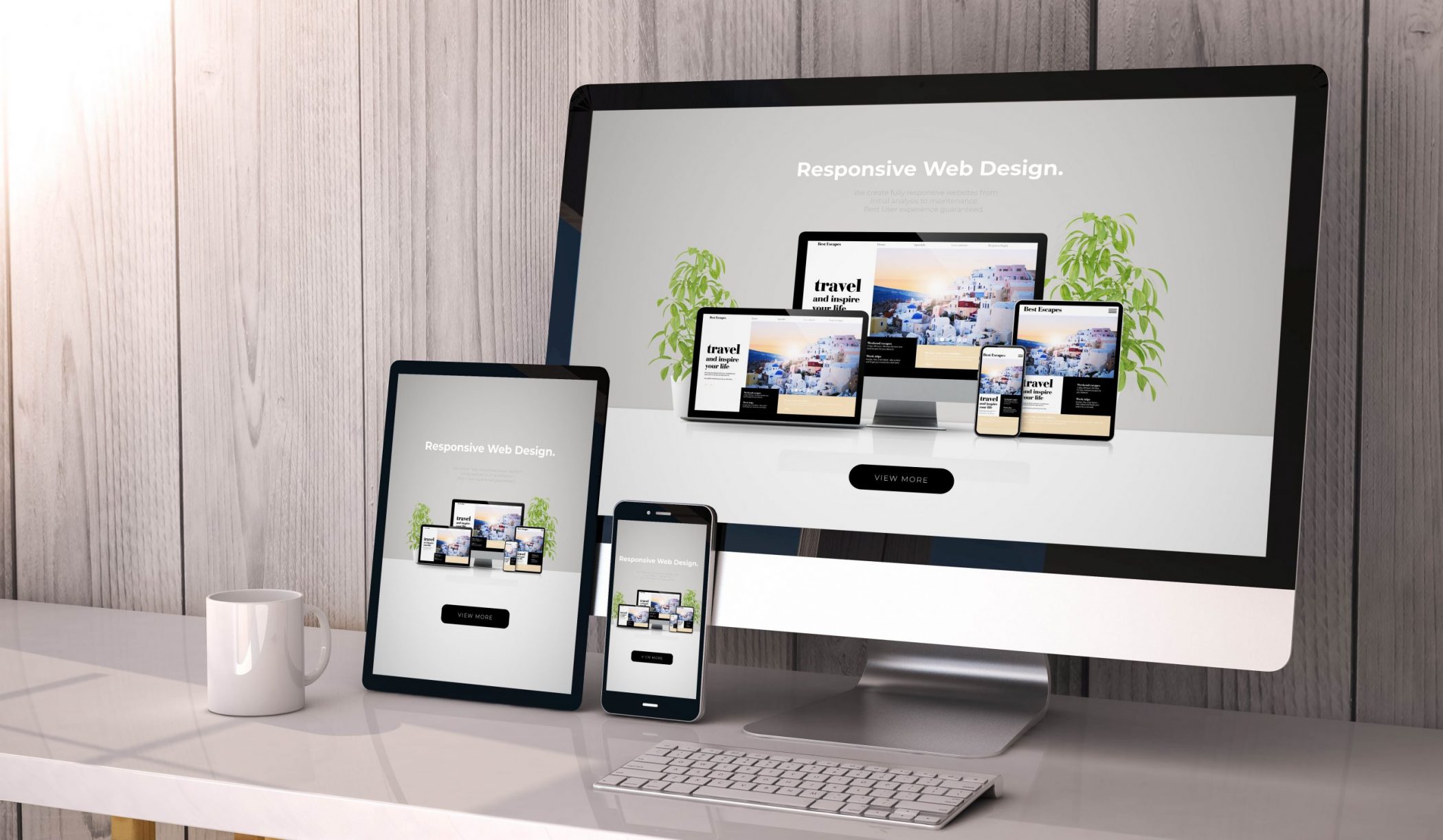How Web Design Klerksdorp Experts Can Transform Your Website’s User Experience
How Web Design Klerksdorp Experts Can Transform Your Website’s User Experience
Blog Article
Understanding Web Layout: Secret Principles for a User-Friendly Website
In the world of internet style, the focus on customer experience has actually come to be vital, forming how sites are constructed and regarded. As we discover these fundamental aspects, it ends up being obvious that the decisions made throughout the layout process can have lasting effects on a website's efficiency and user commitment.

Significance of User Experience
In the realm of website design, the significance of user experience (UX) can not be overemphasized. UX incorporates the total satisfaction a user originates from engaging with a web site, dramatically affecting their perception of a brand and their possibility of returning. web design klerksdorp. A properly designed UX promotes smooth navigating, cultivates individual engagement, and eventually drives conversions
Recognizing users' requirements and habits is critical in developing an efficient UX. This involves leveraging study techniques such as user characters, journey mapping, and usability screening to acquire insights right into individual preferences. By customizing layout aspects to meet these demands, developers can improve functionality and create a more user-friendly communication.
In addition, a positive UX adds to the website's reputation and reliability. Users are most likely to engage with a website that is visually pleasing and very easy to navigate, which in turn improves brand name loyalty. Alternatively, a bad UX can result in high bounce prices and an unfavorable perception of the brand.
User-friendly Navigation Design
An efficient navigation style is critical for guiding users through a web site, guaranteeing they can locate the details they require quickly and effectively. Instinctive navigation improves customer experience by enabling smooth interaction with web content, leading to enhanced involvement and contentment.
To accomplish instinctive navigation, it is important to develop a clear pecking order. This entails organizing content right into rational classifications and subcategories, enabling users to understand the structure at a glance. Detailed tags for menu products are important; they ought to be simple and agent of the web content they bring about, lessening obscurity.
Consistency is an additional essential concept. Users need to encounter familiar navigation components throughout the site, such as the positioning of menus and buttons. This uniformity assists strengthen user expectations and decreases cognitive load.
Additionally, including search performance can substantially enhance navigation, particularly for content-heavy websites. This attribute encourages customers to find details details promptly without needing to browse via numerous pages.
Lastly, usability testing can offer important understandings right into exactly how real customers communicate with navigation components, using chances for improvement. In amount, a properly designed navigation system is foundational to an easy to use website, advertising performance and boosting total individual complete satisfaction.
Receptive Website Design
Responsive internet design is progressively important in today's electronic landscape, as it guarantees that internet sites offer optimum seeing experiences across a wide variety of gadgets, from desktop to smartphones. This method allows a solitary internet site their website to adapt its layout and material to fit various display dimensions and resolutions, boosting usability and ease of access.
At the core of receptive layout is fluid grid formats, which use family member systems like percents as opposed to taken care of pixels. This adaptability allows components to resize proportionally, maintaining aesthetic consistency and functionality. Furthermore, media questions play a vital duty by applying certain CSS styles based on gadget attributes, such as display size or positioning.
Integrating responsive media and versatile images is also important; these aspects must scale suitably to avoid distortion and ensure a seamless experience across devices. Additionally, touch-friendly style factors to consider are extremely important, specifically for mobile users, as they frequently navigate via touch motions as opposed to clicks.
Constant Aesthetic Elements
Consistent visual components are critical for developing a natural brand name identification and boosting individual experience across electronic systems. These components consist of color design, format, imagery, and typography styles, which collectively develop a combined aesthetic that individuals can easily relate and recognize to. A well-defined shade combination not just strengthens brand name recognition but likewise stimulates particular feelings, directing users with the website properly.
Typography plays a substantial role in readability and general aesthetic appeal. Utilizing a minimal number of fonts and preserving consistent sizes and weights special info ensures an unified flow of info. Imagery should additionally straighten with brand values and messaging; high-quality images that fit the general style will boost the website's appearance and professionalism and reliability.
Individuals should feel comfy and oriented as they discover numerous areas of the website. Inevitably, a properly designed internet site, defined by natural aesthetic aspects, reflects expertise and constructs trust with individuals, producing a favorable initial impression and motivating return gos to.
Accessibility Considerations
Making sure availability in website design is a basic facet that enhances regular aesthetic aspects, enabling all individuals, no matter their capabilities, to communicate and navigate with digital web content properly. Access considerations are important for developing comprehensive internet sites that satisfy the diverse needs of users, consisting of those with impairments.
To begin with, utilizing semantic HTML click here for more is vital, as it aids display viewers analyze the structure and content of a web page accurately. Alt message for images boosts comprehension for aesthetically impaired individuals, while captioning video clip web content makes sure that those with hearing impairments can involve with the product.
Additionally, color comparison should be meticulously evaluated to aid customers with aesthetic impairments. Ensuring that message is clear versus its background boosts readability. Furthermore, key-board navigability is crucial; all interactive aspects must be available without a computer mouse, accommodating individuals with wheelchair obstacles.
Conclusion
In conclusion, understanding web style demands a comprehensive understanding of user experience principles. Prioritizing these facets not only improves individual interaction and contentment but additionally promotes brand name commitment.

In final thought, understanding web design requires a thorough understanding of individual experience concepts.
Report this page